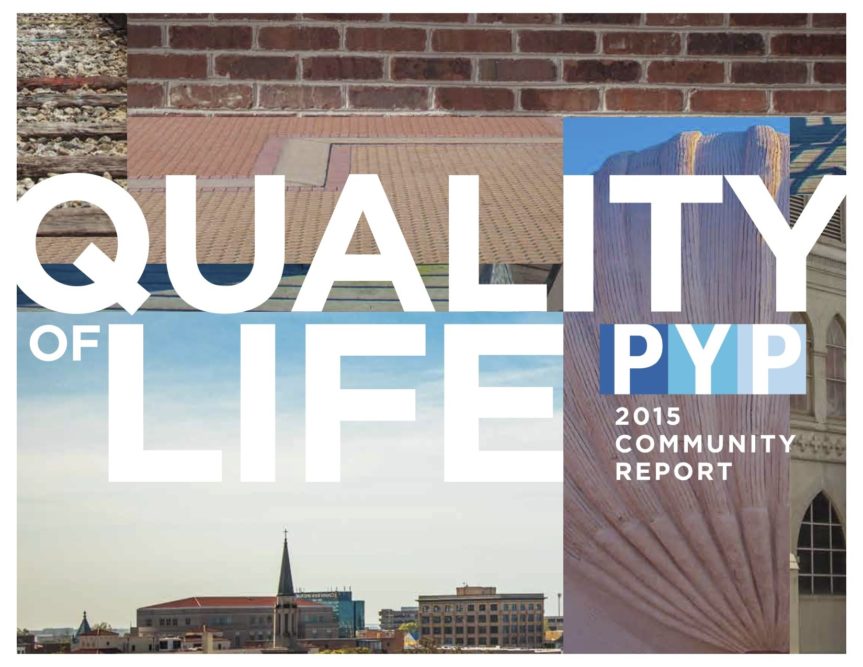By Mona Shand
Florida News Connection
While some sectors of Florida’s economy are thriving, new data shows the number of people who are struggling to afford the basics of food, housing, transportation, child care and health care is on the rise.
The ALICE Report – which stands for Asset Limited, Income Constrained, Employed – aims to spotlight the working poor; those who have jobs but have little or no savings and are one emergency away from falling into poverty. Lars Gilberts, statewide ALICE director with United Way of Florida, said 45 percent of families in the state now meet that criteria.
“This impacts our education, our health care system, our jobs, our credit, our ability to grow our home sector. Our community is based on growth, and yet we have a growing part of the population that really can’t contribute as much as they would like,” Gilberts said.
While the federal poverty level is set at $24,250 a year regardless of location, the ALICE report calculates a bare-bones survival budget for each of the state’s 67 counties. For Miami-Dade County, that amount for a family of four is $56,753.
As the legislative session is about to begin, Gilberts said he hopes the report will help push both political and business leaders past rhetoric or campaign slogans and into deeper discussions about what the state really needs to move forward.
“While we need jobs, because jobs keep people out of poverty, we need better jobs, we need more diverse jobs, jobs that have opportunities to grow and advance,” he said, “and we need full-time jobs with benefits.”
While the percentage of Florida households that meet the ALICE threshold did not change much since the 2014 report, growth in the state’s population means the the number of working-poor households has increased from 2.6 million to 3.3 million.
For Escambia County
|  Total Households | 116,814 |
| Â Households below ALICE Threshold | 38% |
| Percent HH below AT – Race/Ethnicity | |
| Asian | 44% |
| Black | 55% |
| Hispanic | 51% |
| White | 31% |
As bad as it is, this is an improvement over the 2014 report, which showed that almost 41 percent of Escambia households and 64 percent of the county’s African-American households are struggling financially.
